Search
Search Results
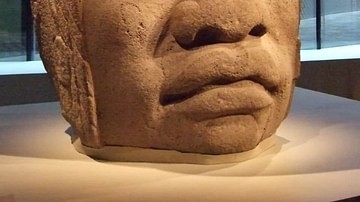
Article
Olmec Colossal Stone Heads
The stone head sculptures of the Olmec civilization of the Gulf Coast of Mexico (1200 BCE - 400 BCE) are amongst the most mysterious and debated artefacts from the ancient world. The most agreed upon theory is that, because of their unique...
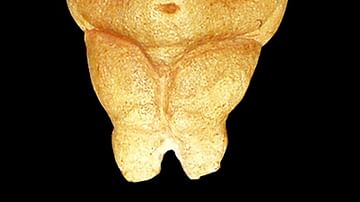
Definition
Venus Figurine
The term Venus figurine is used to describe the more than 200 small statuettes of voluptuous female figures that have been found at Upper Paleolithic sites across Europe and some parts of Asia. “When paleoanthropologists refer to figurines...
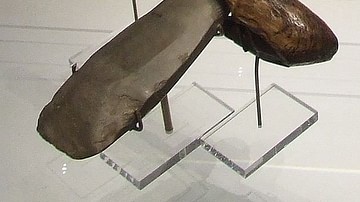
Image
Neolithic Stone Axe with Wooden Handle
A Neolithic stone axe with a wooden handle, found at Ehenside Tarn. It is on display in the British Museum, London.
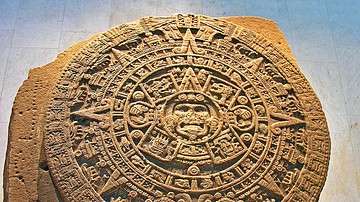
Image
Aztec Sun Stone
The Aztec Sun Stone (also known as the Calendar Stone) is a representation of the five eras of the sun from Aztec mythology. The stone was part of the architectural complex of the Temple Mayor of Tenochtitlán and dates to c. 1427 CE. The...

Definition
Homo Erectus
Homo erectus, or 'upright man', is an extinct species of human that occupies an intriguing spot within the human evolutionary lineage. These prehistoric hunter-gatherers were highly successful in adapting to vastly different habitats across...
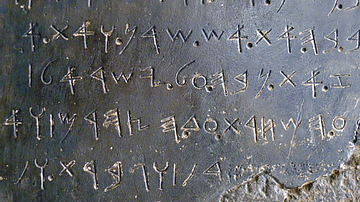
Image
Detail, Moabite Stone
A detail of the Moabite Stone, an ancient tablet dating to around 850 BCE, written by Mesha, the king of Moab (modern Jordan). (Louvre Museum, Paris)
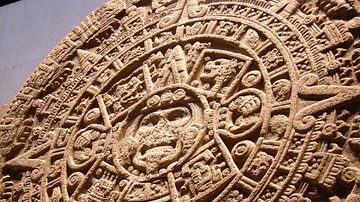
Image
Tonatiuh, Calendar Stone
The Aztec Sun Stone (also known as the Calendar Stone) is a representation of the five eras of the sun from Aztec mythology. Some scholars consider the central face to be that of Tonatiuh, the sun god, while others maintain it is the night...
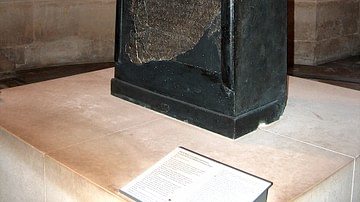
Image
Moabite Stone
The Moabite Stone, an ancient tablet dating to around 850 BCE, written by Mesha, the king of Moab (modern Jordan). (Louvre Museum, Paris)

Article
Prehistoric Alpine Stilt Houses
Alpine stilt houses are a unique and fascinating aspect of prehistoric architecture in the Alps, which provide valuable insights into the lives and culture of the ancient communities. The houses were built by prehistoric communities living...
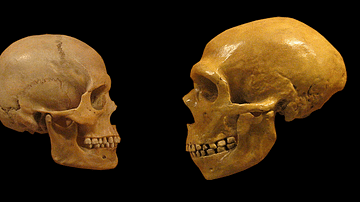
Article
The Neanderthal-Sapiens Connection
In May 2010, after years of intense discussions surrounding possible fossils of mixed Homo sapiens and Neanderthal descent floating around the scientific community, a team led by Svante Pääbo of the Max-Planck Institute for Evolutionary Anthropology...